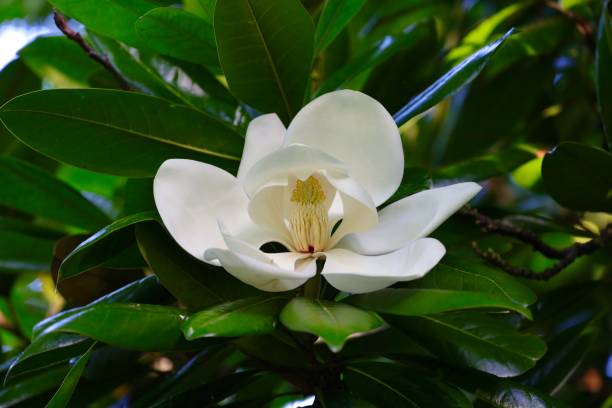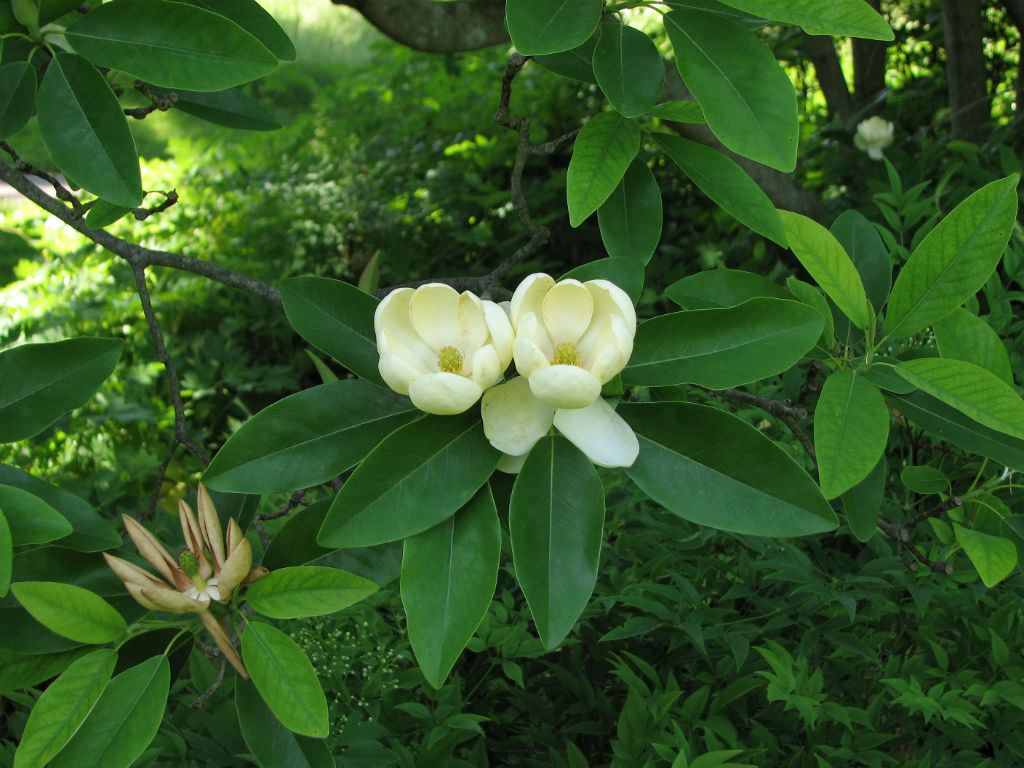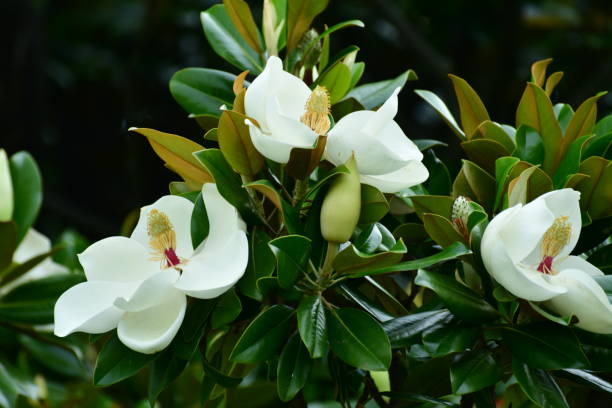How Long Do Magnolia Blooms Last? Quick Facts about this Precious Plant!
Magnolia flowers typically last for about two weeks on the tree before falling off and being replaced by new flowers. In addition to the main flowering period, there will be a few early and late blooms throughout the year.
There will be a few straggler blooms on either side of the main blooming period, as well as there will be some earlier blooms in between. When the flowers are still fresh, the trees appear tidier in the first week. Most of the blooms will have faded by the second week, but some of the earliest blooms will still be on the ground, carpeting the ground with their petals. The magnolia is beautiful at any stage of its blooming cycle.
Cut magnolia flowers are usually good for about a week after being cut. A flower that is cut in the midday sun and placed in a vase in the sunshine, on the other hand, may only last one or two days in the heat of the day. The vase life cut first thing in the morning and stem-scorched immediately can be up to a week when kept in a cool, protected environment.
Table of Contents
When Do Magnolias Bloom?
Some magnolia varieties begin blooming in late winter and continue to bloom throughout the spring. In contrast, evergreen magnolias, such as the southern magnolia, start blooming in late spring and bloom throughout the summer. Depending on the variety, some magnolias can even bloom twice in the same year. It is usual for the Saucer and Chinese magnolias to bloom twice a year, in the early spring and late summer.
The majority of magnolia trees, on the other hand, only bloom once in the early spring. Magnolia trees in bloom require favorable environmental conditions to bloom. Their needs include good, well-watered soil, a warm season, and plenty of sunshine. As a result, most of them bloom in the spring, following the last frost of the winter.
Long-Blooming Magnolia Varieties
Southern Magnolia

This famous evergreen beauty has a straight trunk that can grow up to 90 feet tall and offers glossy, leathery leaves and enormous ivory blossoms that can reach up to 8 inches in diameter. The flowers have a pleasant fragrance and appear in the late springtime. They continue to bloom throughout the summer and occasionally into the autumn.
Sweet Bay Magnolia

It only grows to be 35 feet tall, but it is smothered in creamy flowers in late spring and early summer that last well into the summer. Despite the fact that the blossoms are less than half the size of southern magnolia flowers, the blooms have a delightful lemony scent. They are followed by showy pink fruiting cones with crimson seed pods, followed by crimson seed pods. Sweet bays are evergreen in warm climates and deciduous in colder climates, with the former being more common.

Magnolia Flower Care for Longest Blooming Time
If you give your magnolia tree the best possible care, you may be able to extend its blooming season.
Soil
Plant these trees in soil that is rich, well-drained, and has a neutral or slightly acidic pH. When planting the trees, incorporate organic compost into the ground and receive adequate irrigation.
Watering
Water magnolia trees once a week and then twice a month in subsequent years during the first two growing seasons. Magnolias planted in sandy soils need less watering than those planted in clay, but they need more watering in larger amounts. Wrap a layer of mulch around the trunk of your magnolia to keep the soil around the root area moist.
Planting
When you plant a new magnolia, make sure to set the tree in the same depth as the existing soil. In order to prevent wind movement from affecting the trees, stakes should be installed before planting trees to avoid root damage to the magnolia tree. Keep the area around the magnolia tree’s root system free of weeds and foot traffic so that it can thrive.
Pruning
Magnolia trees should only be pruned infrequently. Most of the time, pruning is unnecessary and only justified when removing dead or damaged branches. Pruning done incorrectly or excessively can cause damage to the tree and reduce flowering.
